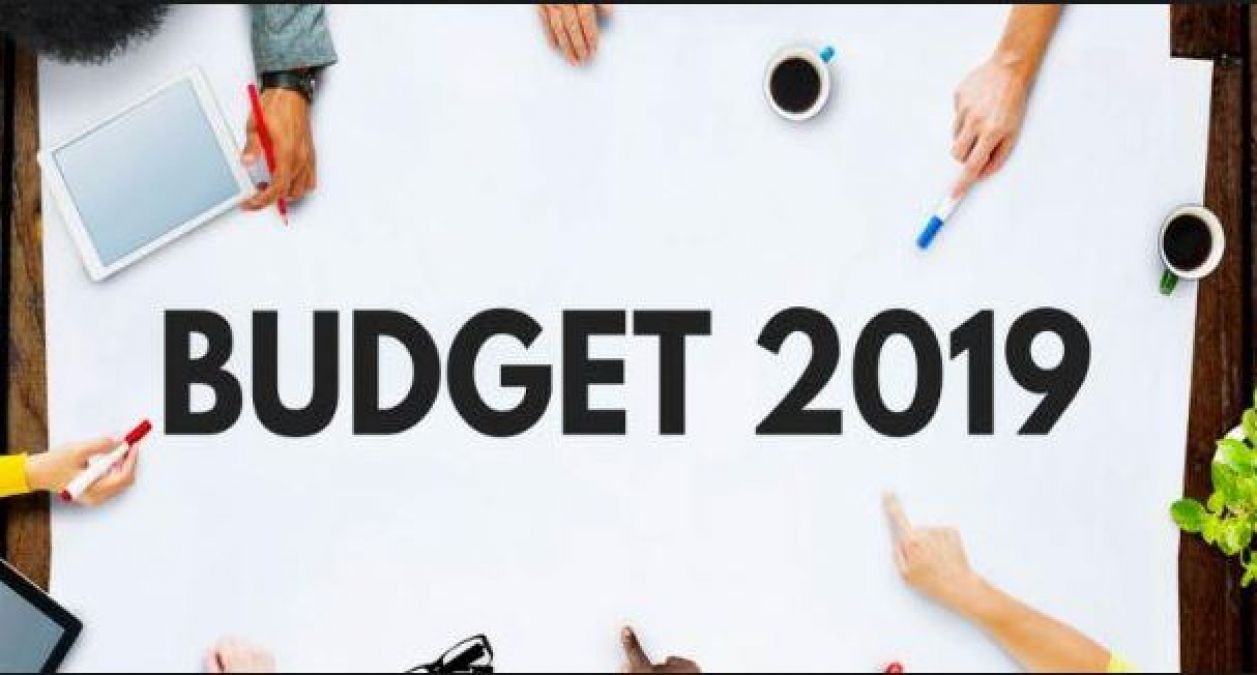
Union Finance Minister Nirmala Sitharaman is going to present the first budget of the Modi government 2.0 today. Everyone has eyes on it. It is called the 'New India' Budget through which the Modi government can take measures to accelerate the pace of a sluggish economy.
The corporate-industry is eyeing this budget, and the biggest eye is the common man who is suffering from unemployment and non-incomes. Now we have to see what important announcements can be made this time around. Finance Minister Nirmala Sitharaman will start her budget speech in a short while, but it is not difficult for you to understand, so you need to understand a few words.
Rahul Gandhi's resignation: A wise move or the biggest political mistake?
*Tax: The government takes income tax to meet its expenses. This is a type of mandatory payment that the taxpayer has to pay to the government. There are two types of taxes, direct tax and indirect tax. Taxes that are charged directly to you, such as income tax, corporate tax, income tax from shares or other assets, property tax, etc. are called direct tax or direct tax.
On the other hand, taxes that are not directly charged to the public but whose burden is finally burdened are called indirect taxes. For example, excise on manufactured goods in the country, customs duty on goods to be imported or exported, service tax, etc. are indirect taxes.
* Income Tax: This is based on our sources of income such as income, investment and interest.
* Corporate Tax: Corporate tax is levied on corporate institutions or firms through which the government generates income.
* Excise duty: Excise duty is a tax on all products within the country's limits. The excise duty has now been included in GST.
* Customs duty: Customs duty is levied on goods that are imported into the country or exported outside the country.
* Fiscal year: The financial year in India begins on April 1 and runs till March 31 of the following year. This year's budget will be for the fiscal year 2019-20 which will be from April 1, 2019, to March 31, 2020. There has been a demand that the financial year is held from January to December, but it has not yet been accepted.
* Short Term and Long Term Gains: Any person in the stock market earns profit by putting money for less than a year, which is called short-term capital gains. The money that happens in shares for more than a year is called long-term capital gains. Earlier, there was a provision for non-payment of tax on long-term capital gains, but in the Budget 2018-19, it was taxed at 10 per cent. However, this tax is to be paid only for earning more than Rs 1 lakh.
* Subsidies: To remove economic inequality is called the economic benefit subsidy is given to ordinary people by the government. For example, the government subsidizes the poor who fill LPG cylinders and make it cheaper. It can be cash, but now most subsidies are put directly into the beneficiary's account i.e. through DBT. Subsidies are given to companies as tax exemptions to increase industrial activities and create jobs.
* Budget Deficit (Budgetary Deficit): Budget deficits arise when expenses exceed revenue. This does not include the debt liability of the government. Budgetary Deficit = Total Receipts - Total Expenditure.
* Gross Domestic Product (GDP): GDP is the total sum of goods and services produced within the country's limits in a fiscal year. It is considered to be the size of the economy as a whole, and the rate of growth is considered to be the growth rate of the economy. India's GDP growth rate was 6.8 per cent in the last fiscal.
Consolidated Fund: It is a Government of India fund which covers all revenue receipts of the Government, Treasury Bills issued by the Government and loans recovered, etc.
* Contingency Fund: An amount is laid to meet the contingency expenses in this fund. This leads to expenditure on issues that cannot be avoided but are subsequently taken from Parliament with permission from the Consolidated Fund and put into it. This fund keeps the authority of the Governor and the President with respect to the Center in the States.
Revenue Expenditure: It keeps the expenses that neither expand the production capacity of the government nor generate additional income for the future. Examples: Expenses incurred in running government departments, government subsidies, payment of interest on loans, grants to state governments, etc.
* Capital Expenditure: Government expenses are kept under capital expenditure that increases government assets such as roads, schools, hospitals, repairs to an old building, etc.
* Planned Expenditure: That expenditure is called plan expenditure that produces production assets. This expenditure is related to various economic welfare schemes such as the construction of schools, roads, hospitals, etc.
* Non-Plan Expenditure: Public expenditures that do not work for any development are counted as non-plan expenditures. Expenses like defence expenditure, pension, dearness allowance, flood, drought, hailstorm etc. The money is arranged from the Consolidated Fund of India.
Akash Vijayvargiya's show cause notice after PM Modi's resentment